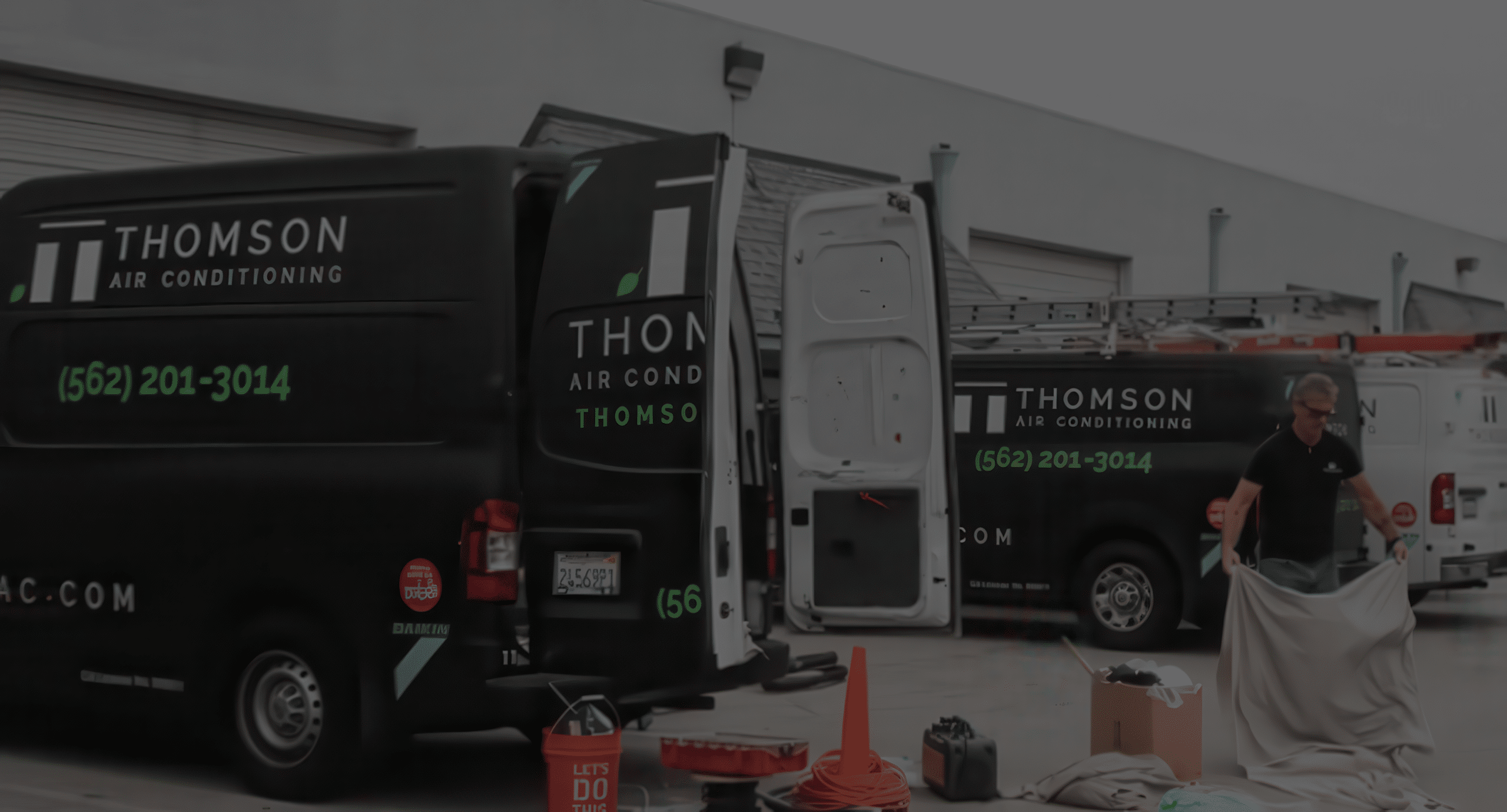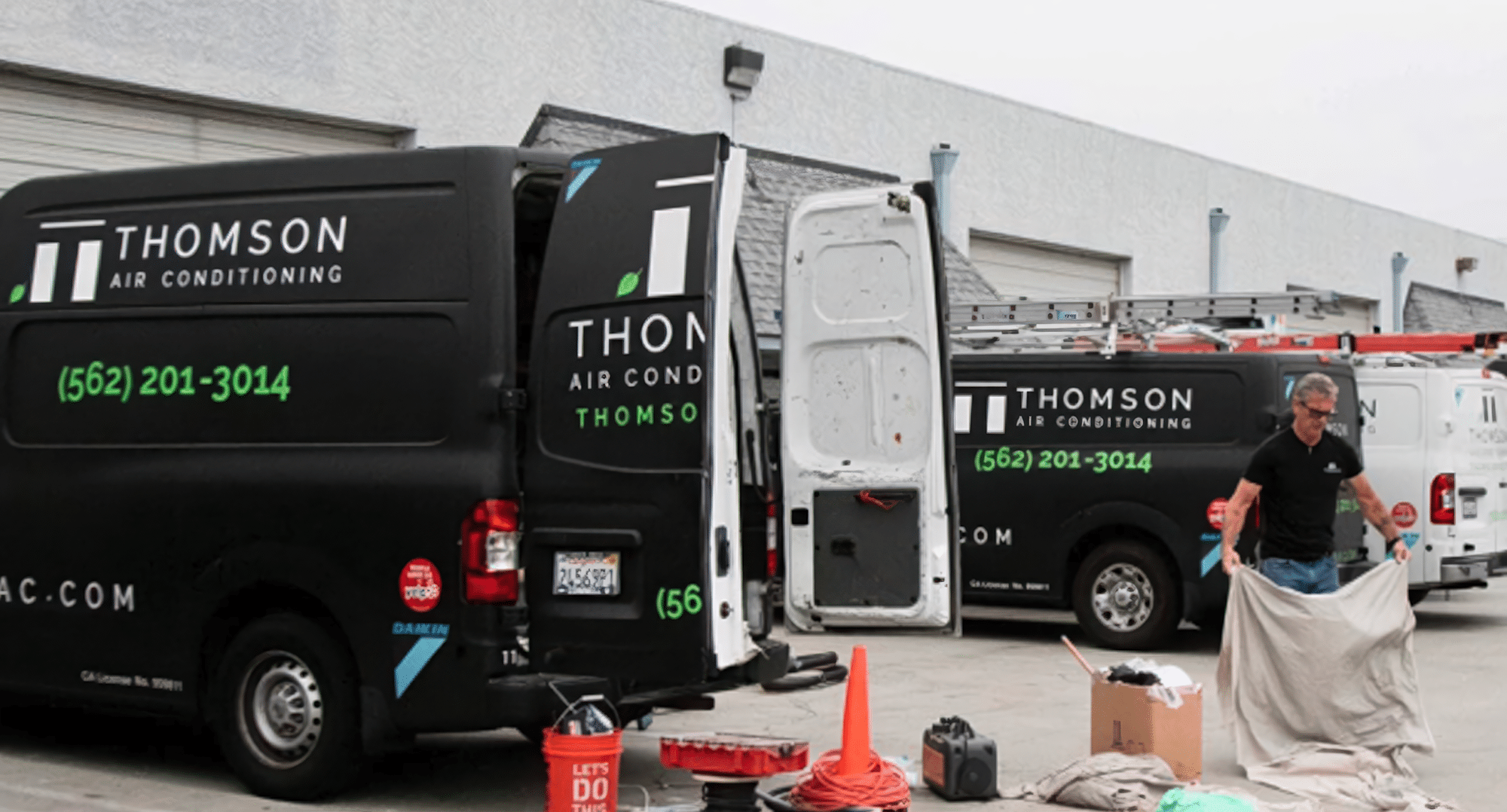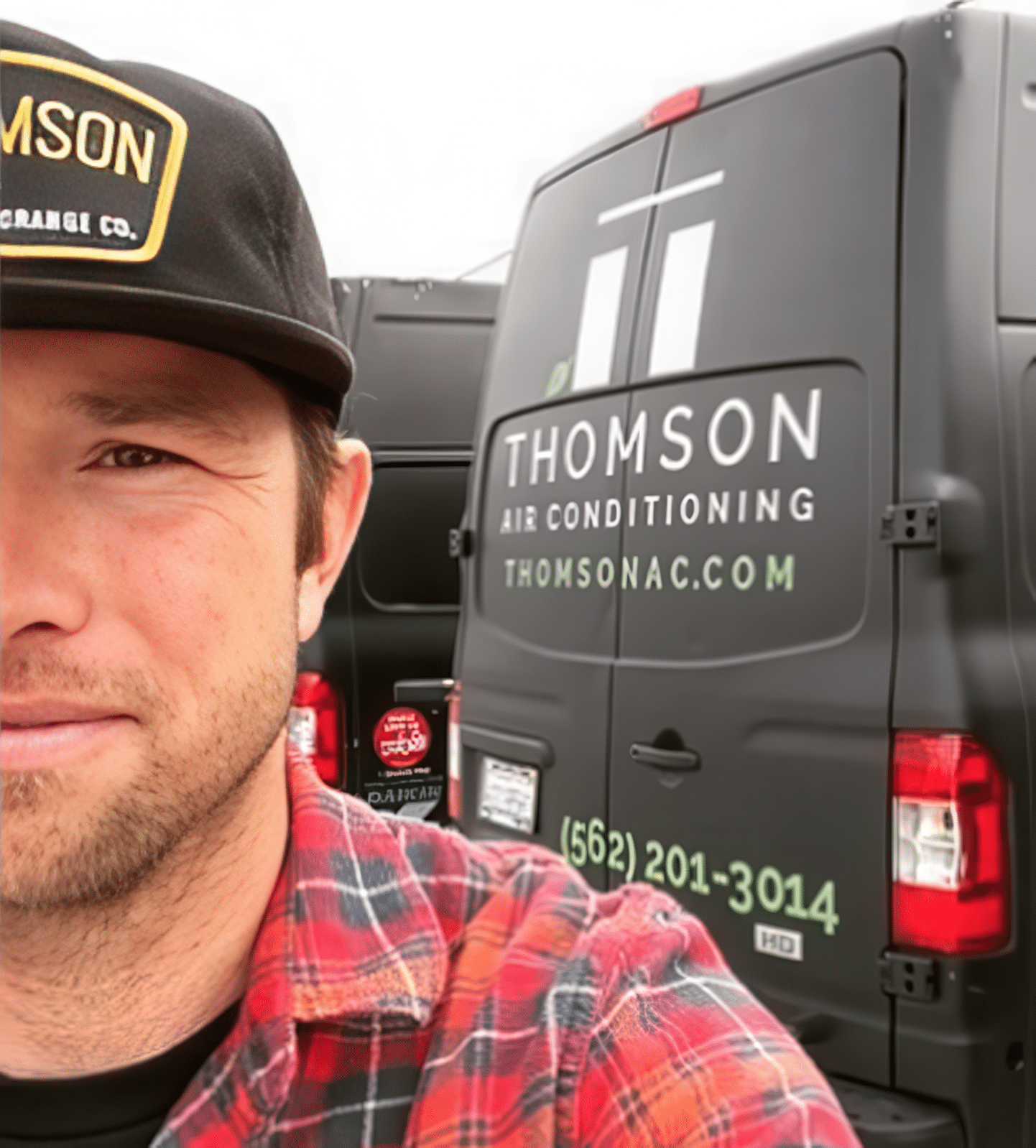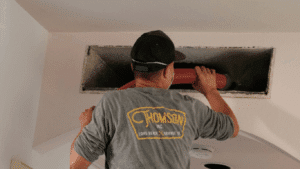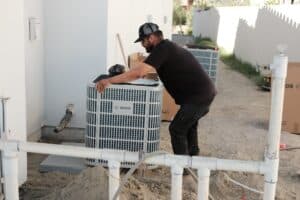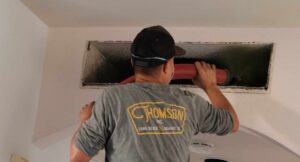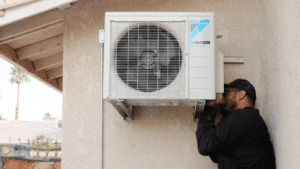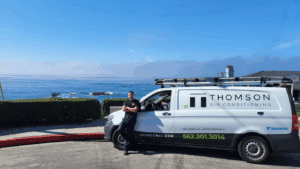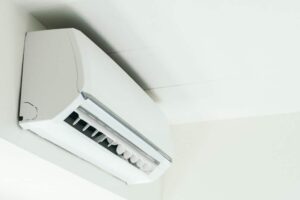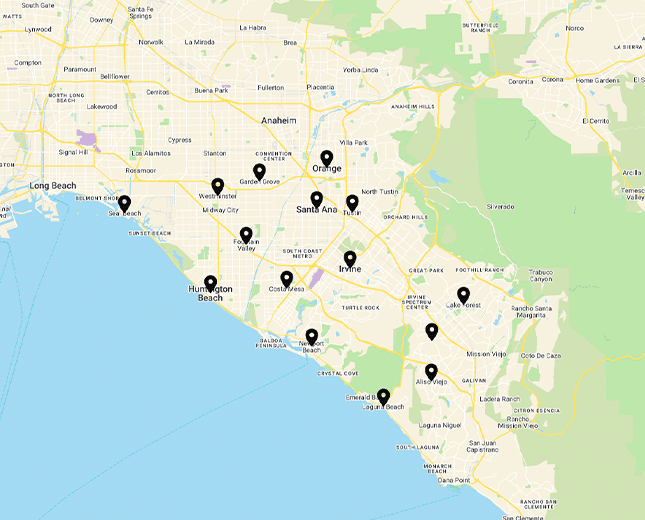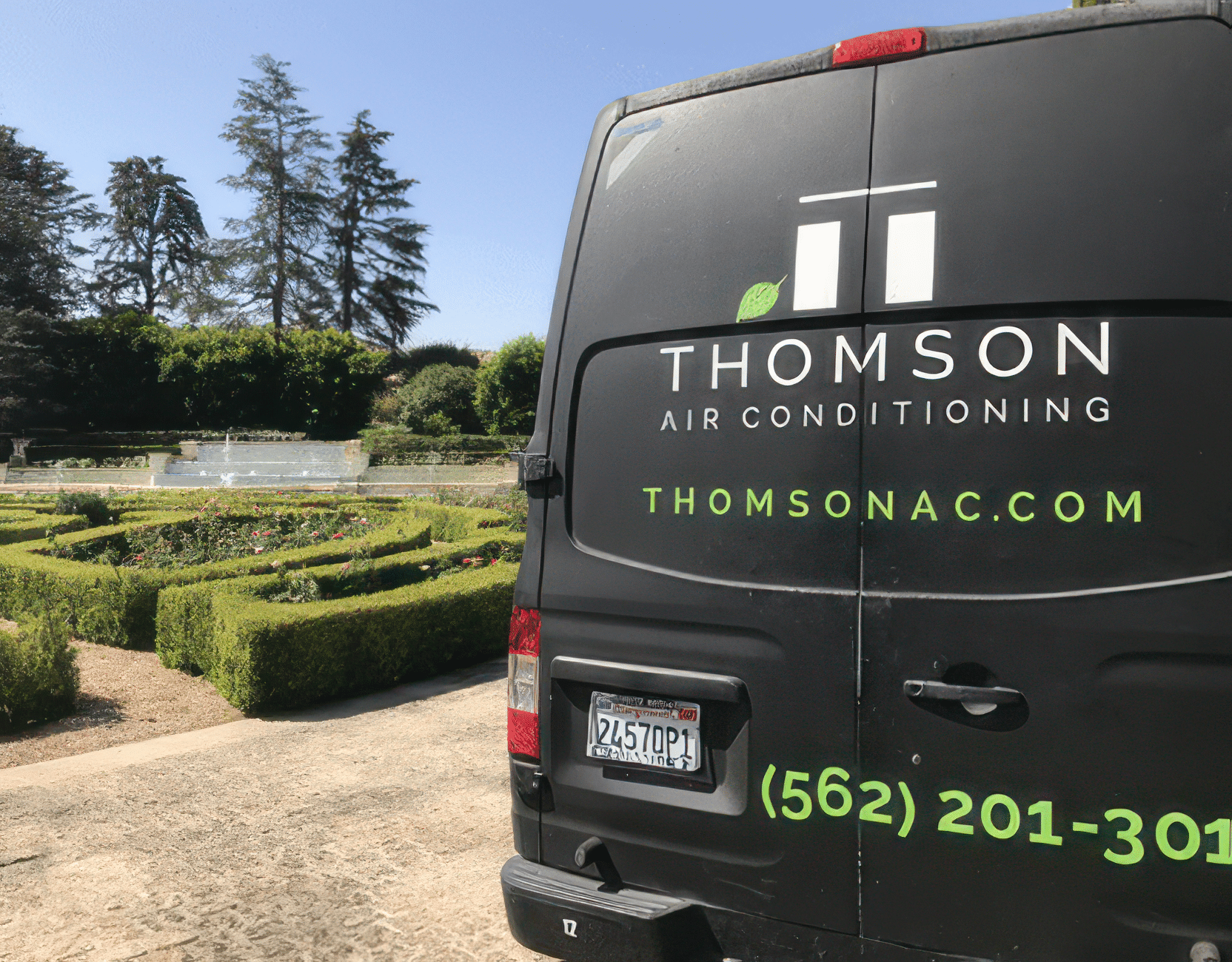HVAC Maintenance Plan In Seal Beach, Palm Springs, Cerritos, CA, And Surrounding Areas
Did you know HVAC energy usage accounts for 17-40% of a commercial building’s energy usage?
Managing these costs with simple maintenance can go a long way to reducing your utility bills and keeping your expensive equipment running smoothly and safely for a long time to come.
Our regularly scheduled preventative commercial HVAC maintenance programs are designed to prevent costly emergency service calls. We custom tailor a maintenance plan for each individual customer. Give us a call and we’ll help you in any way we can.
Our standard Commercial HVAC Maintenance includes the following:
For Outdoor Units
- Inspect the unit for proper refrigerant level and adjust if necessary.
- Clean dirt, leaves, and debris from inside the cabinet.
- Inspect the base pan for restricted drain openings? Remove obstructions as necessary.
- Inspect coil and cabinet? Clean as needed.
- Inspect the fan motor and fan blades for wear and damage? On older models lubricate as needed.
- Inspect the control box, associated controls/accessories, wiring, and connections. Controls may include contactors, relays, circuit boards, capacitors, sump heat, and other accessories. All control boxes and electrical parts should be checked for wear or damage.
- Inspect compressor and associated tubing for damage.
For Indoor Units
- Inspect and clean blower assembly (includes blower housing, blower wheel, and motor).
- On older models, lubricate the motor and inspect and replace the fan belt if needed.
- Check combustion blower housing for lint and debris and clean as necessary.
- Inspect the evaporator coil, drain pan, and condensate drain lines. Clean as needed.
- Inspect for gas leaks in gas furnaces.
- Inspect burner assembly? Clean and adjust as needed.
- Inspect ignition system and safety controls. Clean and adjust as needed.
- Inspect the heat exchanger or heating elements.
- Inspect the flue system. Check for proper attachment to the furnace, any dislocated sections, and for signs of corrosion. Replace if necessary.
- Inspect the control box, associated controls, wiring, and connections.
- Clean or replace air filters.
- Inspect the conditioned airflow system (ductwork). Check for leaks.
While Your System is Operating
- Monitor system starting characteristics and capabilities.
- Listen for abnormal noise.
- Search for the source of unusual odors.
- Monitor air conditioning and heat pump systems for a correct refrigerant charge.
- Measure outdoor dry bulb temperature.
- Measure indoor dry and wet bulb temperature.
- Measure high and low side system pressures.
- Monitor the gas furnace for the correct line and manifold gas pressure. Make adjustments as needed.
- Measure temperature rise and adjust airflow as needed.
- Check the vent system for proper operation.
- Monitor the system for correct line and load volts/amps.
- Monitor system operation per manufacturer’s specifications.
- Provide system operation reports and recommend repairs or replacements as necessary.
